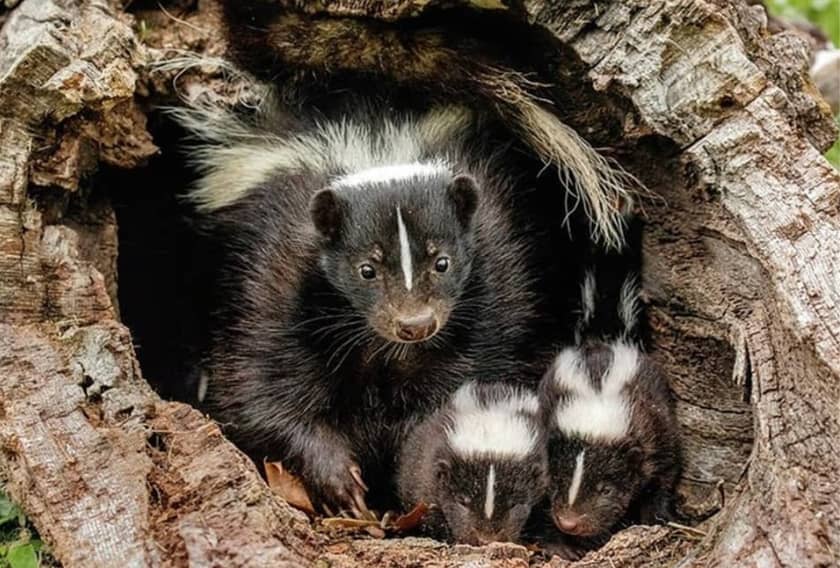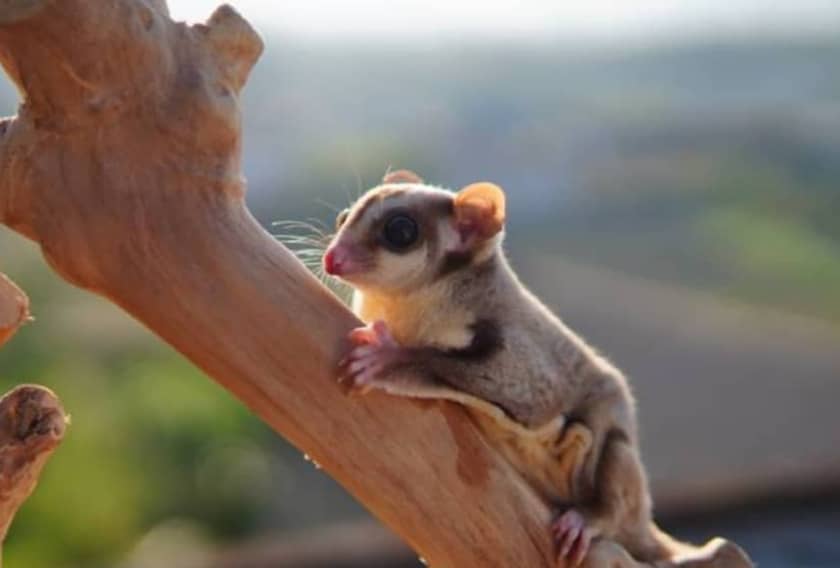Sugar glider’s lifespan is about 10 to 15 years if they’re well cared for as pets. In the wild, they tend to live around 5 to 7 years because of predators and other challenges. Taking good care of them with proper food and a good environment can help them live longer.
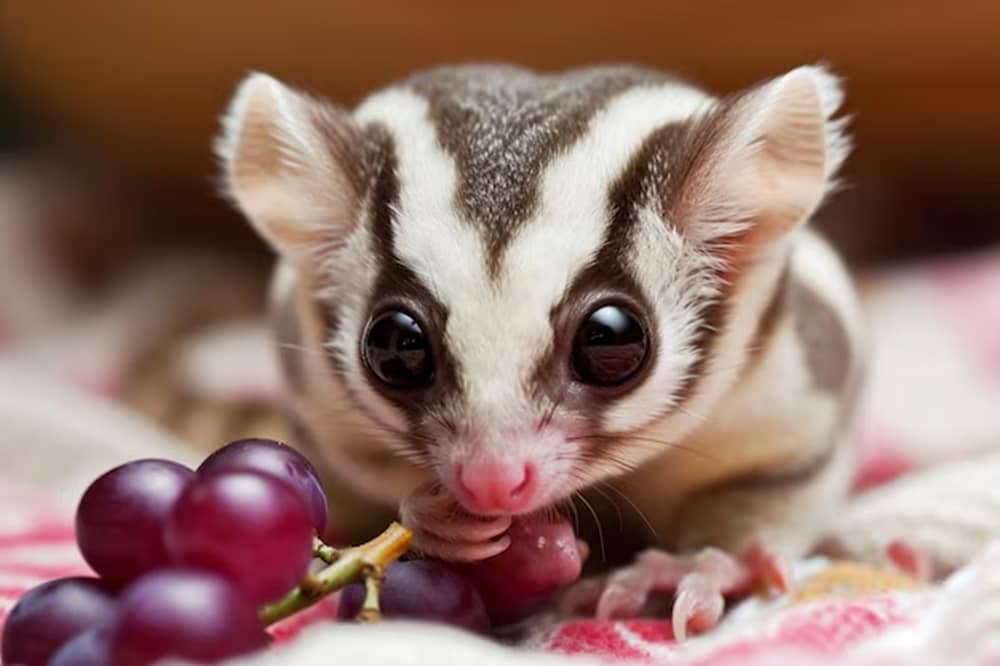
Several Factors Can Affect the Lifespan of Sugar Gliders
1)Diet:
A well-rounded diet balanced with protein, fruits, vegetables, and calcium is essential. Poor nutrition can lead to diseases, like metabolic bone disease, which can shorten their lifespan. Avoid overfeeding sugary or fatty foods can lead to obesity and related health problems.
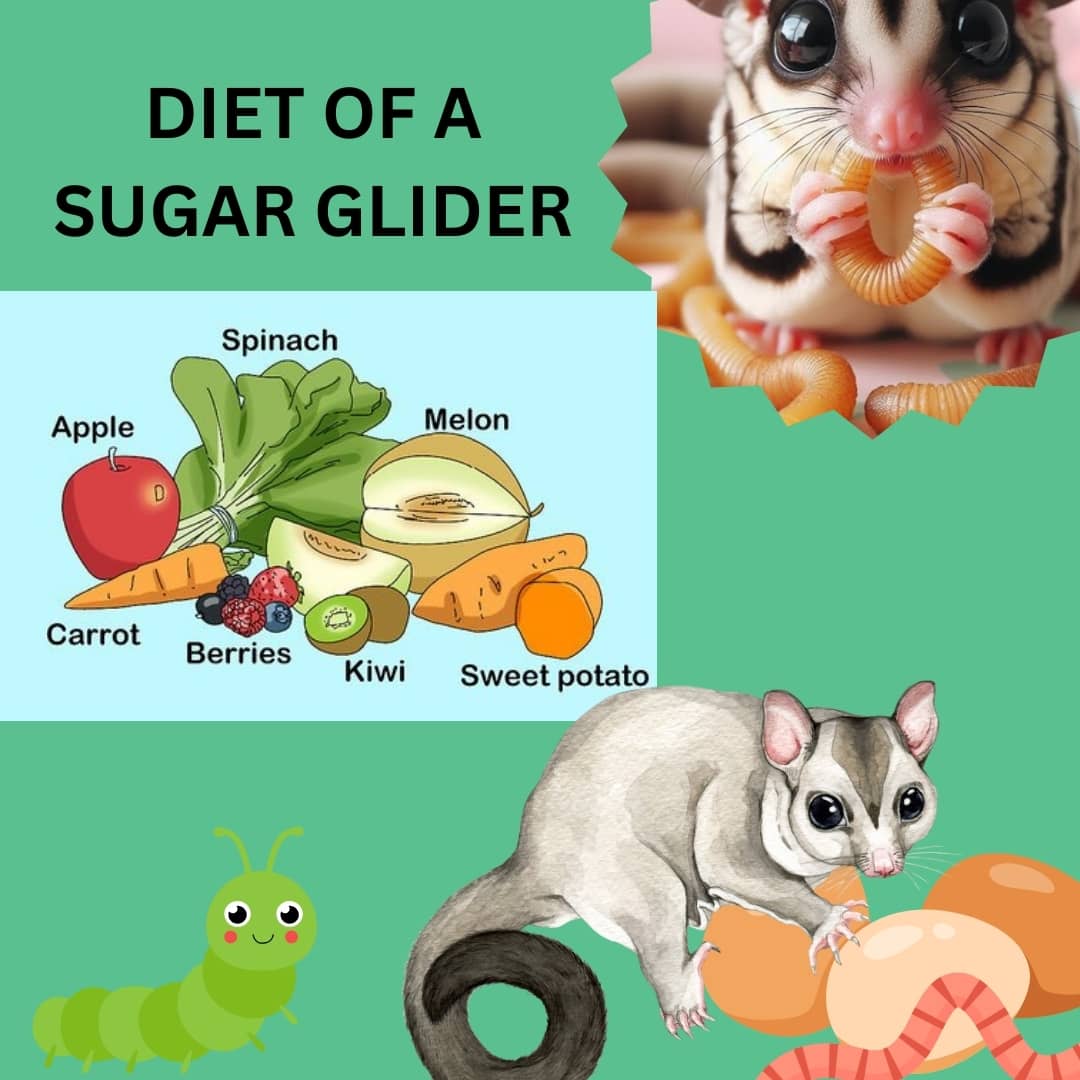
2)Environment:
A clean, well-maintained cage with proper ventilation and free from drafts is crucial to prevent respiratory infections and other health issues. Sugar gliders need enough space to glide and play. A cramped environment can lead to stress and physical health problems.
3)Genetics:
Some Sugar gliders may have genetic predispositions to certain health conditions that can affect their lifespan. Knowing the health history of their lineage can help in understanding potential risks.
4)Exercise and Activity:
Sugar gliders love to jump and glide, so they need a tall cage with plenty of vertical space to move around. Providing toys, climbing branches, and space for gliding helps keep them active and healthy. These exercises can help sugar gliders to maintain a healthy weight and prevent obesity issues.
Sugar Glider Life Stages:
Newborn(0-4 Months)
Sugar gliders are born extremely tiny and undeveloped, about the size of a grain of rice. After birth, they crawl into the mother’s pouch, continuing to develop. The joey starts to venture out of the pouch but will still return to nurse and sleep. They begin exploring the world around them and start eating solid food along with nursing.
Juvenile(4-12 Months)
The joey gradually stops nursing and eats more solid food. They become more independent and start to interact more with their environment and other gliders. Joey continues to grow and develop social skills. They become more active and curious, exploring their environment and interacting with other gliders.
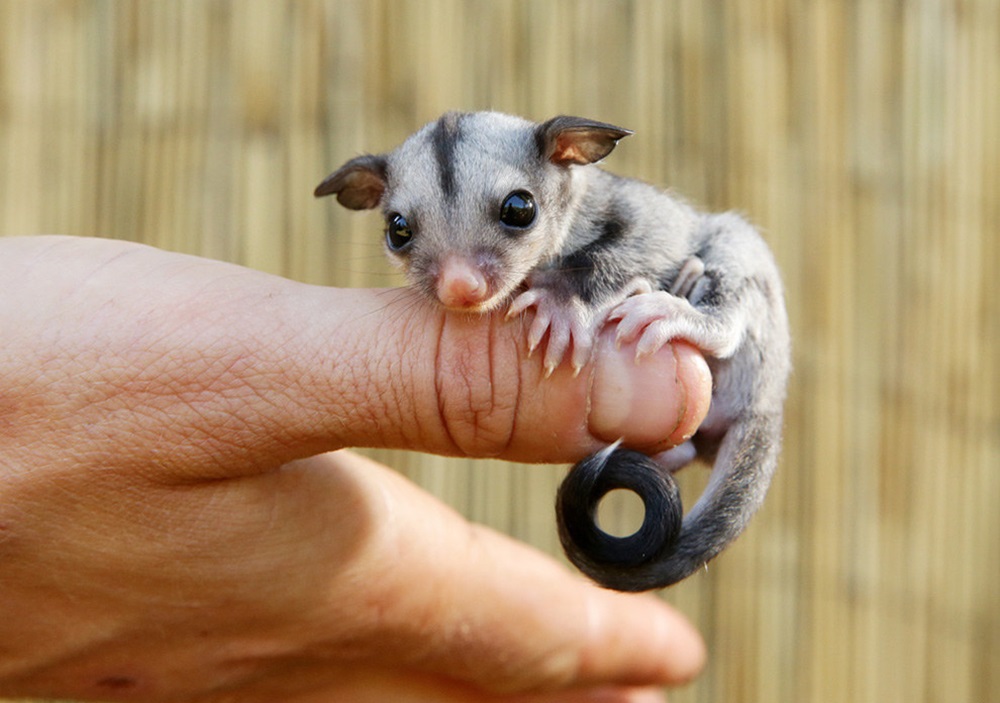
Adult(1-5 years)
Sugar gliders reach full maturity, both physically and socially. They are most active, playful, and capable of reproduction during this stage. They are still active and healthy but may start to show signs of slowing down slightly as they approach middle age.
Senior (5+ Years)
Older Adults (5-10 years): As sugar gliders age, they may become less active and more prone to health issues like dental problems, arthritis, or nutritional deficiencies.
Geriatric (10+ Years)
Geriatric (10+ Years): Sugar gliders in this stage are quite elderly. They may be more susceptible to illness and require more specialized care to maintain their quality of life.
Some Common Diseases Affecting Sugar Glider’s Lifespan
Nutritional Deficiencies:
Sugar gliders need a balanced diet rich in protein, calcium, and other nutrients. Poor diet can lead to calcium deficiency, which causes metabolic bone disease, leading to weak bones and fractures
Parasites:
Like many animals, sugar gliders can get intestinal parasites like worms or protozoa, which can cause diarrhea, weight loss, and lethargy.
Obesity:
Feeding sugar gliders too many sugary or fatty foods can lead to obesity, which increases the risk of diabetes, heart disease, and liver problems.
Dental Issues:
Poor diet or lack of appropriate things to chew on can lead to dental disease, which can cause pain and difficulty eating.
Stress-Related Illnesses:
Being highly social animals, sugar gliders can suffer from stress if they are isolated or don’t get enough interaction. This can lead to self-mutilation or depression.
Quick Tips to Improve LifeSpan of Sugar Glider:
Balance diet:
Nutrition: Ensure Your sugar Glider gets a balanced diet rich in protein, fruits, vegetables, and a source of calcium. Specialized glider pellets, fresh fruits, leafy greens, and insects like mealworms can be part of their diet.
Avoid Junk food: Don’t feed them sugary or fatty foods like candy, or chocolate. These can lead to obesity and other health problems.
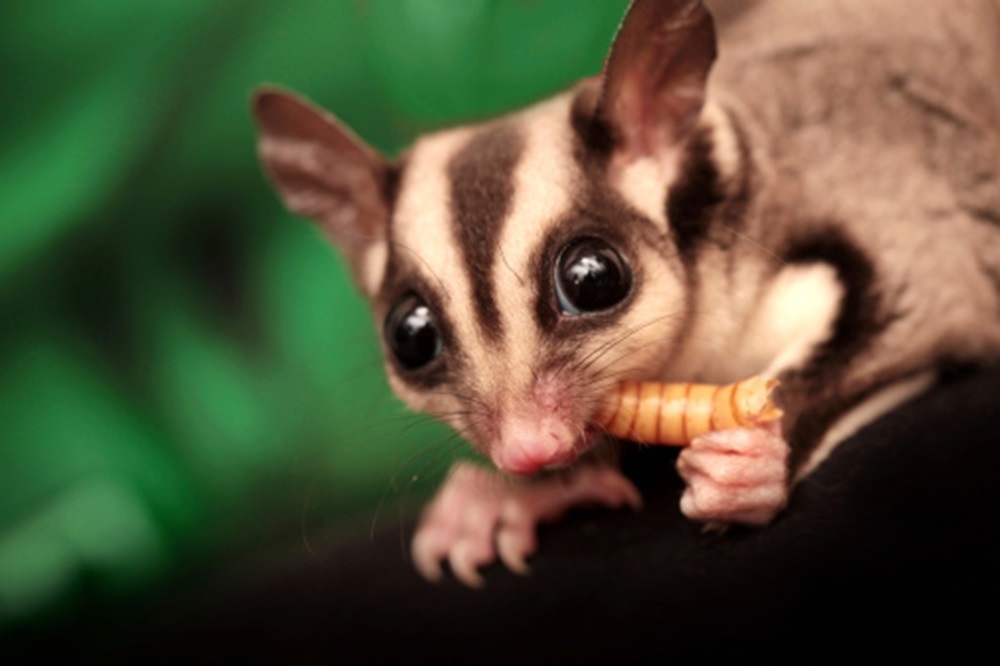
Adequate Housing:
Clean Environment: Keep their cage clean and dry to prevent respiratory infections. Clean the cage regularly and provide fresh bedding.
Proper ventilation: Ensure the cage is well-ventilated but avoid drafts that can cause respiratory issues.

Regular Health Check-ups:
Parasite prevention: Check your vet for parasites during routine visits, and keep the cage clean to minimize the risk.
Veterinary care: Take your Sugar glider for regular check-ups with a vet experienced in exotic animals. This helps catch any potential issues early.
Socializing Activities:
Tent Time: You should provide a secure area like a “tent”, where you can play with your sugar gliders.
Pair is Better: It is always advisable to get a pair of sugar gliders to give them an enriching environment.
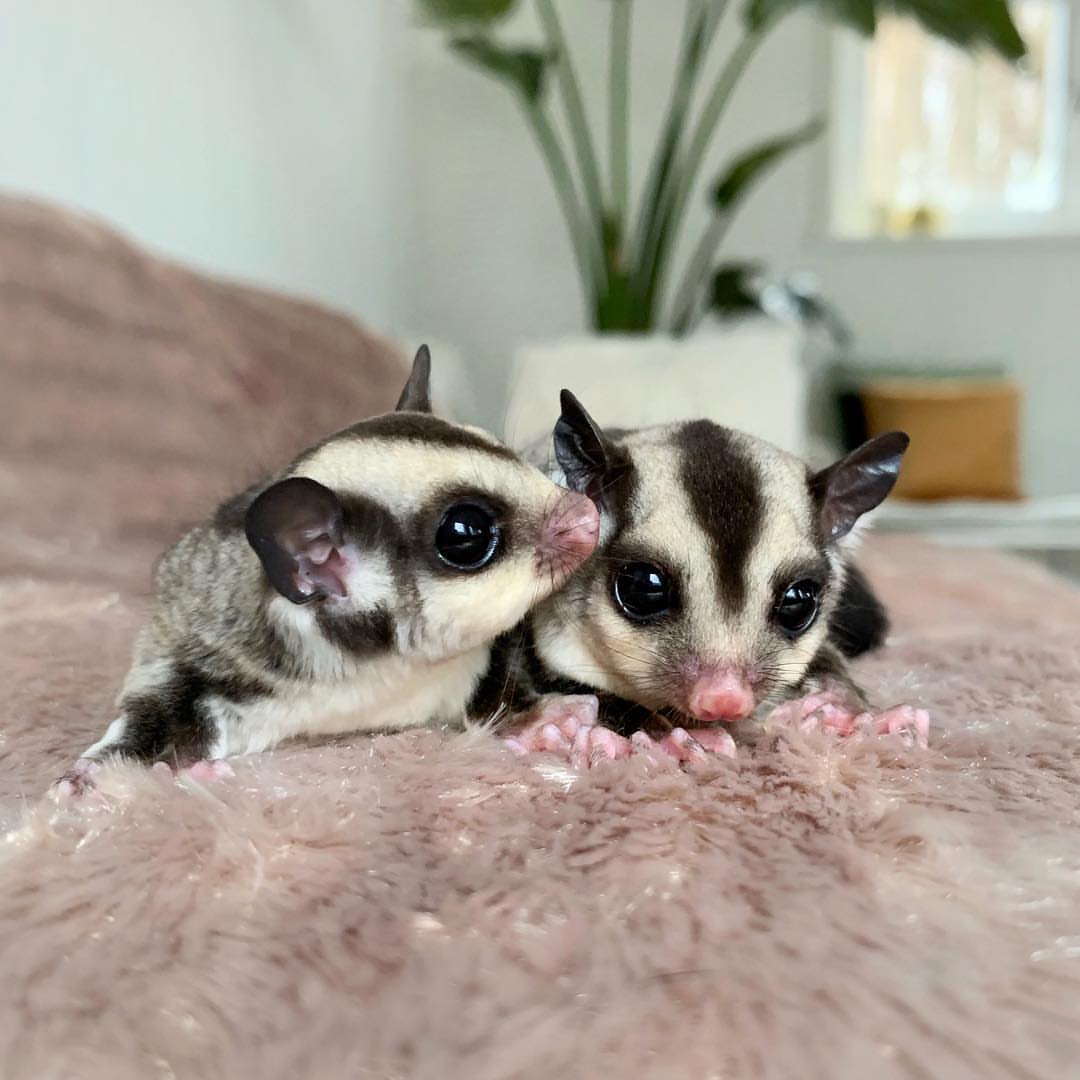
Dental Care:
Chewing Items: Provide safe, chewable items to help keep their teeth in good condition and prevent dental issues.
Safe Handling: Handle them gently and regularly to reduce stress and prevent injuries.

Sugar Glider LifeSpan: Potential Vs Actuality
1.)Diet and Nutrition
- Potential: Sugar gliders have the potential to live long, healthy lives if they receive a balanced diet that meets all their nutritional needs.
- Actuality: In reality, many owners are not able to understand their dietary requirements, leading to deficiencies, obesity, or other health issues that shorten their lifespan.
2.)Environment
- Potential: It should be well maintained, and a spacious environment, so sugar gliders can thrive.
- Actuality: If their living conditions are cramped, dirty, or stressful, they can develop respiratory infections and stress-related behavior.
3.)Social Needs
- Potential: when sugar gliders are kept with companions and receive regular interaction, they can lead fulfilling lives.
- Actuality: If they are isolated or not properly socialized, they may experience loneliness, depression, and stress.
4.)Healthcare
- Potential: Sugar gliders should receive routine veterinary care annually and as needed. Sugar gliders have a better chance of living up to their full lifespan potential.
- Actuality: lack of regular vet care, delayed treatment, or not recognizing signs of illness can lead to conditions worsening or becoming life-threatening.
5.)Stress and handling
- Potential: when handled gently and regularly, sugar gliders can bond with their owner and remain emotionally balanced.
- Actuality: Rough handling, infrequent interaction, or a stressful environment can lead to fear, aggression, or stress-related illnesses.
Some Reasons For Dying Sugar Glider
There are several warning indicators that your sugar glider may be dying, including lethargy, not eating or drinking, breathing difficulties, dehydration (sunken eyes, dry skin), and appearing weak and unresponsive. You should seek immediate medical assistance to address the problem. Some of the possible causes for the condition are
- Lack of water
- Lack of poor diet
- Poor Air Quality
- Lack of veterinary care
- Environmental stress
- Social Isolation
Frequently Asked Questions:
Question1. What is the lifespan of a sugar glider in the wild and in captivity?
Answer: Sugar gliders can live 10 to 15 years with proper care. In the wild, their lifespan is usually shorter, around 5 to 7 years.
Question2. Does the Lifespan of a sugar glider depends from where it is purchased?
Answer: It should be purchased from an authentic and ethical breeder where they are given special care to improve life expectancy.
Question3. Is it necessary to keep sugar gliders outside the cage?
Answer: Yes, At least 1-2 hours outside the cage for human interaction per day.
Question 4: Does life expectancy depend on gender and genetics?
Answer: Gender and genetics do affect the lifespan of a sugar glider. The age of Standard gray sugar gliders is found to be more than other colors and variations.
Question 5: How can proper knowledge about keeping sugar gliders increase their life expectancy to a greater extent?
Answer: We should educate ourselves about the sugar glider’s dietary needs, housing requirements, veterinary care, socialization needs, and environmental safety to improve its lifespan.
Question 6: How should we make our homes” glider proof” to avoid accidental dying of sugar gliders?
Answer: All windows and Doors should be well secure. Don’t forget to cover the toilet lids of your home. Vents, pipes or small openings where a sugar glider can crawl into and get stuck should also be closed.
Question 7: What are the symptoms of a Dying Sugar Glider?
Answer: If you observe the loss of Appetite, Labored Breathing, and watery eyes of your sugar gliders, it may need an immediate veterinarian checkup.
Conclusion:
Sugar gliders can make great pets if you’re ready to take care of them properly. They need a good diet, a clean and fun place to live, regular vet visits, and lots of attention. While they can be a bit of work, taking good care of them helps them live long, happy lives, and the bond you create with them can be really special.

